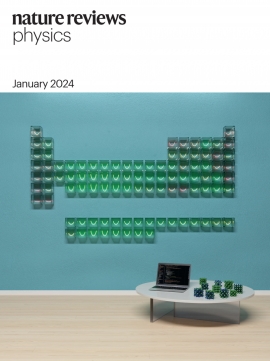P. Blaha
Reproducibility in density functional theory calculations of solids
Abstract
The widespread popularity of density functional theory has given rise to an extensive range of dedicated codes for predicting molecular and crystalline properties. However, each code implements the formalism in a different way, raising questions about the reproducibility of such predictions. We report the results of a community-wide effort that compared 15 solid-state codes, using 40 different potentials or basis set types, to assess the quality of the Perdew-Burke-Ernzerhof equations of state for 71 elemental crystals. We conclude that predictions from recent codes and pseudopotentials agree very well, with pairwise differences that are comparable to those between different high-precision experiments. Older methods, however, have less precise agreement. Our benchmark provides a framework for users and developers to document the precision of new applications and methodological improvements.

